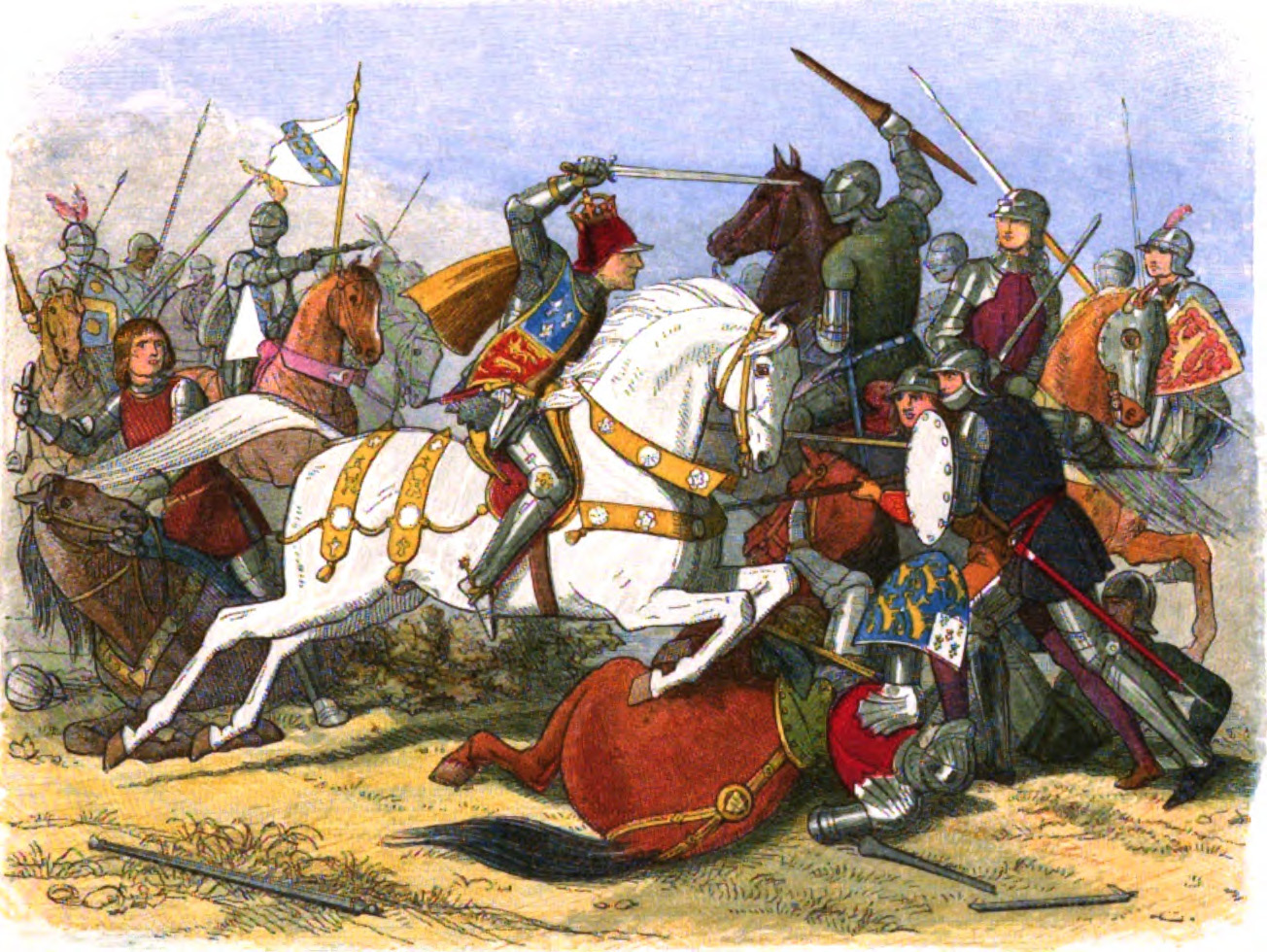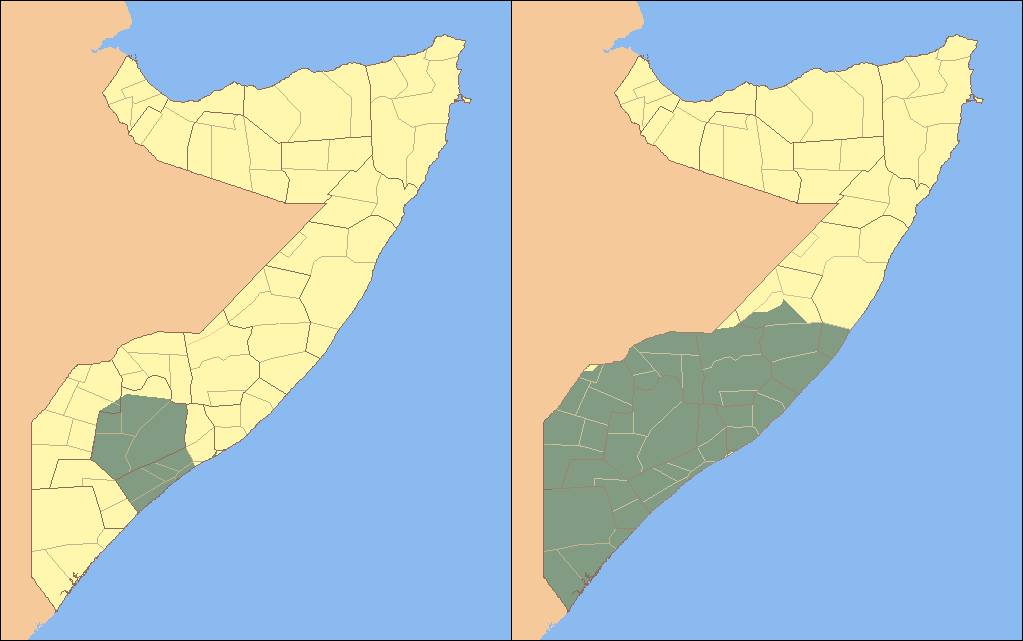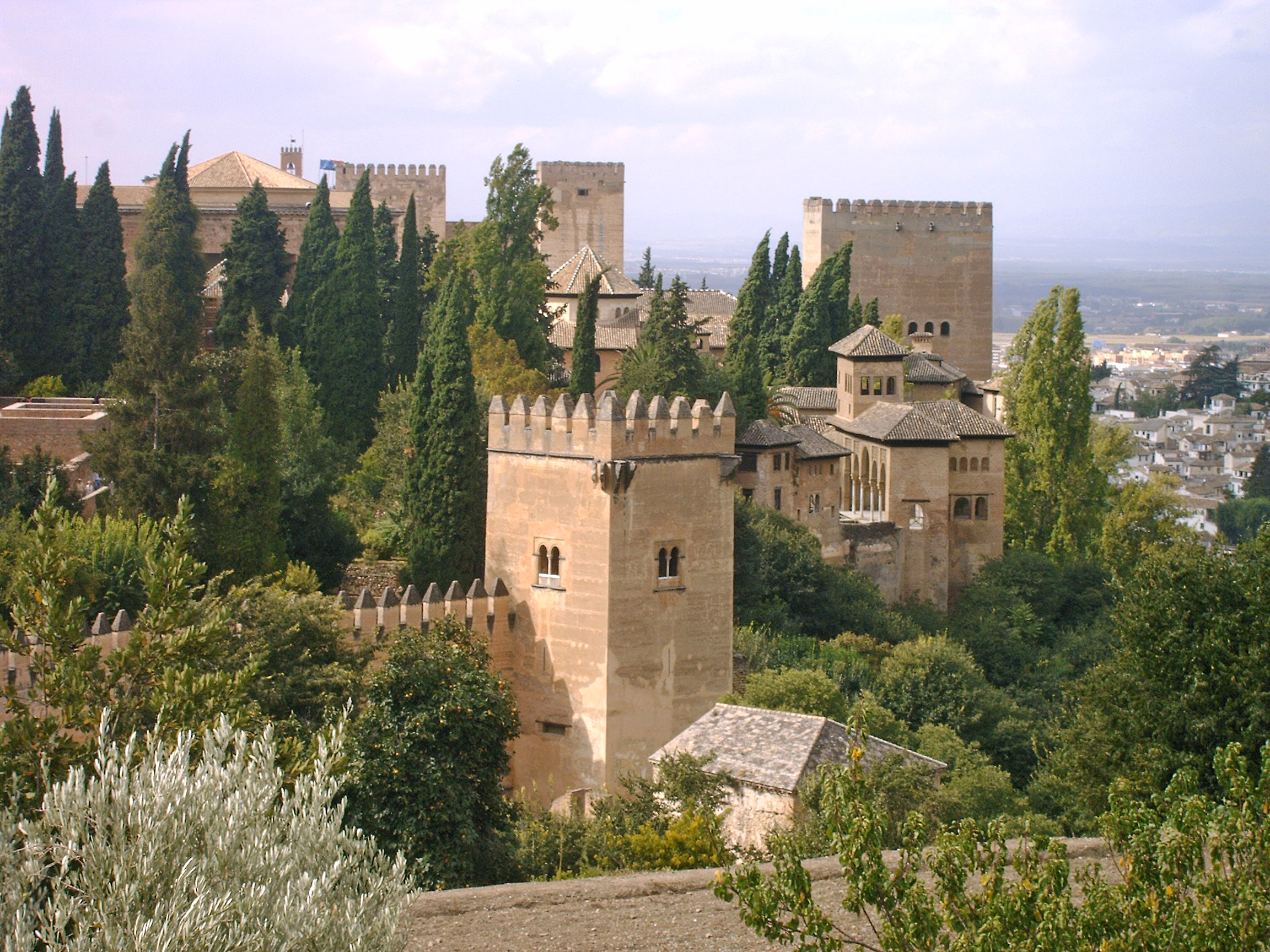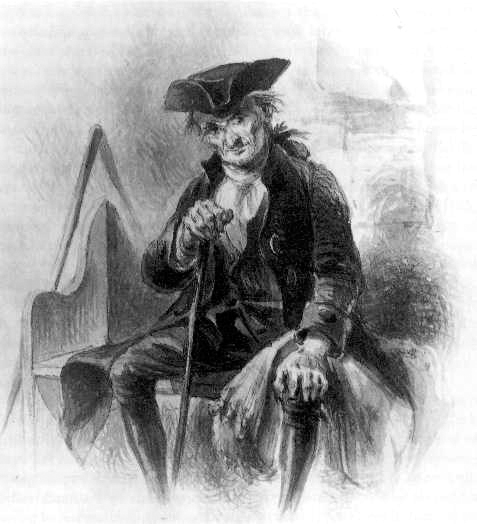|
Muley Hacen
Abu'l-Hasan Ali ibn Sa'd (; d. 1485), known as Muley Hacén in Spanish (''Muley'' being derived from Arabic مولاي ''mawla, mawlāy'' = "my lord"), was the twenty-first Nasrid dynasty, Nasrid ruler of the Emirate of Granada in Spain, from 1464 to 1482 and again from 1483 to 1485. Life The son of Abu Nasr Sa'd of Granada, Sa'd, Abu'l-Hasan Ali became sultan in 1464, and in 1477 he refused to pay tribute to the Crown of Castile. In 1481 he ordered an invasion to the city of Zahara de la Sierra by surprise, killing and enslaving the unarmed Christian Zaharans. This action was taken by Isabella I of Castile as a reason to start the war against Granada. He was the father of Muhammad XII of Granada, Muhammad XII (also known as ''Boabdil''), the last sultan of Granada, by his relative Aixa. He abandoned his son to marry the former Christian slave Isabel de Solís, the daughter of Sancho Jiménez de Solís, ''Alcalde'' of La Peña de Martos, who he gave the name Zoraida or Soraya ( ... [...More Info...] [...Related Items...] OR: [Wikipedia] [Google] [Baidu] |
Emirate Of Granada
The Emirate of Granada, also known as the Nasrid Kingdom of Granada, was an Emirate, Islamic polity in the southern Iberian Peninsula during the Late Middle Ages, ruled by the Nasrid dynasty. It was the last independent Muslim state in Western Europe. Muslims had been present in the Iberian Peninsula, which they called Al-Andalus, since 711. By the late 12th century, following the Reconquista, expansion of Christian kingdoms in the north, the area of Muslim control had been reduced to the southern parts of the peninsula governed by the Almohad Caliphate. After Almohad control retreated in 1228, the ambitious Muhammad I of Granada, Muhammad I Ibn al-Ahmar rose to power and established the Nasrid dynasty in control of a sizeable portion of this territory, roughly corresponding to the modern Spanish provinces of Province of Granada, Granada, Province of Almería, Almería, and Province of Málaga, Málaga. By 1250, the Nasrid emirate was the last independent Muslim polity in the pe ... [...More Info...] [...Related Items...] OR: [Wikipedia] [Google] [Baidu] |
Mulhacén
Mulhacén (), with an elevation of , is the highest mountain in peninsular Spain and in all of the Iberian Peninsula. It is part of the Sierra Nevada (Spain), Sierra Nevada range in the Penibaetic System. It is named after Abu'l-Hasan Ali of Granada, Abu'l-Hasan Ali, known as ''Mawla, Muley Hacén'' in Spanish, the penultimate Muslim ruler of Emirate of Granada, Granada in the 15th century who, according to legend, was buried on the summit of the mountain. It is still known in present-day Arabic as ''Jabal Mawla el-Hassan'' (Mountain of Mawla el-Hassan). Mulhacén is the highest peak in Southern EuropeThe Canary Islands and Greenland, which are politically attached to Europe, but which are geographically part of Africa and North America respectively, have higher peaks. outside of the Alps. It is also the third-most prominent peak in Western Europe, after Mont Blanc and Mount Etna, and is ranked 64th in the world by prominence. The peak is not exceptionally dramatic in terms of st ... [...More Info...] [...Related Items...] OR: [Wikipedia] [Google] [Baidu] |
Year Of Birth Unknown
A year is a unit of time based on how long it takes the Earth to orbit the Sun. In scientific use, the tropical year (approximately 365 solar days, 5 hours, 48 minutes, 45 seconds) and the sidereal year (about 20 minutes longer) are more exact. The modern calendar year, as reckoned according to the Gregorian calendar, approximates the tropical year by using a system of leap years. The term 'year' is also used to indicate other periods of roughly similar duration, such as the lunar year (a roughly 354-day cycle of twelve of the Moon's phasessee lunar calendar), as well as periods loosely associated with the calendar or astronomical year, such as the seasonal year, the fiscal year, the academic year, etc. Due to the Earth's axial tilt, the course of a year sees the passing of the seasons, marked by changes in weather, the hours of daylight, and, consequently, vegetation and soil fertility. In temperate and subpolar regions around the planet, four seasons ar ... [...More Info...] [...Related Items...] OR: [Wikipedia] [Google] [Baidu] |
1485 Deaths
Year 1485 ( MCDLXXXV) was a common year starting on Saturday of the Julian calendar. Events January–December * Spring – Multiple earthquakes occur near Taishan, China. * March 16 – A solar eclipse crosses northern South America and Central Europe. * June 1 – Matthias of Hungary takes Vienna, in his conquest of Austria (from Frederick III), and makes the city his capital. * August 5– 7 – The first outbreak of sweating sickness in England begins. * August 22 – Battle of Bosworth: King Richard III of England is defeated by (rival claimant to the throne of England) Henry Tudor, Earl of Richmond; Richard dies in battle, and Henry Tudor becomes King Henry VII of England (although Henry marks this battle as August 21, so that he can declare all his opponents traitors). * September 12 – Muscovian forces conquer Tver. * September 15 – Peter Arbues is assaulted while praying in the cathedral at Zaragoza, Spain; he dies on ... [...More Info...] [...Related Items...] OR: [Wikipedia] [Google] [Baidu] |
15th-century Monarchs In Europe
The 15th century was the century which spans the Julian calendar dates from 1 January 1401 (represented by the Roman numerals MCDI) to 31 December 1500 (MD). In Europe, the 15th century includes parts of the Late Middle Ages, the Early Renaissance, and the early modern period. Many technological, social and cultural developments of the 15th century can in retrospect be seen as heralding the " European miracle" of the following centuries. The architectural perspective, and the modern fields which are known today as banking and accounting were founded in Italy. The Hundred Years' War ended with a decisive French victory over the English in the Battle of Castillon. Financial troubles in England following the conflict resulted in the Wars of the Roses, a series of dynastic wars for the throne of England. The conflicts ended with the defeat of Richard III by Henry VII at the Battle of Bosworth Field, establishing the Tudor dynasty in the later part of the century. Constanti ... [...More Info...] [...Related Items...] OR: [Wikipedia] [Google] [Baidu] |
Sultans Of Granada
Sultan (; ', ) is a position with several historical meanings. Originally, it was an Arabic abstract noun meaning "strength", "authority", "rulership", derived from the verbal noun ', meaning "authority" or "power". Later, it came to be used as the title of certain rulers who claimed almost full sovereignty (i.e., not having dependence on any higher ruler) without claiming the overall caliphate, or to refer to a powerful governor of a province within the caliphate. The adjectival form of the word is "sultanic", and the state and territories ruled by a sultan, as well as his office, are referred to as a sultanate ( '. The term is distinct from king ( '), though both refer to a sovereign ruler. The use of "sultan" is restricted to Muslim countries, where the title carries religious significance, contrasting the more secular ''king'', which is used in both Muslim and non-Muslim countries. Brunei, Malaysia and Oman are the only sovereign states which retain the title "sultan" fo ... [...More Info...] [...Related Items...] OR: [Wikipedia] [Google] [Baidu] |
Banu Khazraj
The Banu Khazraj () is a large Arab tribe based in Medina. They were also in Medina during Muhammad's era. The Banu Khazraj are a South Arabian Qahtanite tribe that were pressured out of South Arabia as a result of the destruction of the Marib Dam. Along with their cousin tribe, the Aws, they migrated to Yathrib, later known as Medina. Early history Abu Muhammad Al-Hasan Ibn Ahmad Al-Hamdani mentioned that the Banu Khazraj and the Banu Aws settled the area of Yathrib around the 2nd century AD as part of the Pre-Islamic Exodus of Yemen because of the Great Marib Dam damage. However, all sources agree that the Banu Khazraj and Banu Aws became hostile to each other. Jewish chronicles state that they went to war against each other in the Yawm al-Bu'ath a few years before the Islamic prophet Muhammad migrated to Medina.jewishencyclopedia.combr>/ref> There were three Jewish tribes present in Medina: Banu Qaynuqa, Banu Nadir and Banu Qurayza. During the battle, the Banu Nadi ... [...More Info...] [...Related Items...] OR: [Wikipedia] [Google] [Baidu] |
Mujahid
''Mujahideen'', or ''Mujahidin'' (), is the plural form of ''mujahid'' (), an Arabic term that broadly refers to people who engage in ''jihad'' (), interpreted in a jurisprudence of Islam as the fight on behalf of God, religion or the community (''ummah''). The widespread use of the word in English began with reference to the guerrilla-type militant groups led by the Islamist Afghan fighters in the Soviet–Afghan War (see Afghan mujahideen). The term now extends to other jihadist groups in various countries. Early history In its roots, the Arabic word ''mujahideen'' refers to any person performing ''jihad''. In its post-classical meaning, ''jihad'' refers to an act that is spiritually comparable in reward to promoting Islam during the early 600s CE. These acts could be as simple as sharing a considerable amount of one's income with the poor. Modern Western definition The term continued to be used throughout India for Muslim resistance to British colonial rule. During th ... [...More Info...] [...Related Items...] OR: [Wikipedia] [Google] [Baidu] |
Shaheen (novel)
''Shaheen'' (Urdu: شاہین) is a 1948 historical novel written in Urdu by Pakistani Islamic historian and novelist Naseem Hijazi. It details the situation of the Muslims in Granada in 1492 when they were about to be expelled from Spain. The novel also depicts the reasons of the destruction of Muslim power in Granada. Chapters * ''Baghi'' (the rebel) * ''Sarhadi Uqaab'' (the frontier eagle) * ''Millat Firoush'' (nation seller; a traitor) * ''In Ka Maizbaan'' (their host) * ''Rabia ka Izteraab'' (disquiet of Rabia) * ''Rabia kay Khuwab ki Tabeer'' (enunciation of Rabia's dream) * ''Qoum aur us ka Sipahi'' (Nation and her soldier) * ''Naye 'Azm'' (renewed resolves) * ''Baap aur Beta'' (father and son) * ''Taar-e-'Ankaboot'' (the spider's web) * ''Mujahid aur Ghadaar'' (the mujahid and the traitor) * ''Siyah Posh'' (the one donned in black) Characters * Moughera: a mulism military commander who controlled a limited mountainous and forested area (some sixty kilometers long and ... [...More Info...] [...Related Items...] OR: [Wikipedia] [Google] [Baidu] |
Naseem Hijazi
Sharif Hussain (Urdu: ), who used the pseudonym Nasīm Hijāzī (Urdu: , commonly transliterated as Naseem Hijazi or Nasim Hijazi) (19 May 1914 – 2 March 1996), was an Urdu novelist. Life and career Hussain was born in an Arain family in the village of Sujaanpur, near the town of Dhariwal, in the Gurdaspur district of Punjab, in pre-partition India. He migrated to Pakistan after partition in 1947. He chose Islamic history as the inspiration for his novels. Among the notable writers of his time, Ibn-e-Safi, Saadat Hasan Manto, and Shafiq-ur-Rehman were his popular contemporaries. He lived most of his life in Pakistan and died on 2 March 1996. Naseem Hijazi died on 2 March 1996 at the age of 81 in Rawalpindi, Pakistan. Writing Naseem Hijazi used historic settings as the background for his novels and based most of his work on Islamic history, demonstrating both the rise and fall of the Islamic Empire. His novels ''Muhammad Bin Qasim'', ''Aakhri Ma'raka'', ''Qaisar-o Kisr ... [...More Info...] [...Related Items...] OR: [Wikipedia] [Google] [Baidu] |
Tales Of The Alhambra
''Tales of the Alhambra: A Series of Tales and Sketches of the Moors and Spaniards'' is an 1832 collection of essays, verbal sketches and stories by American author Washington Irving (1783–1859) inspired by, and partly written during, his 1828 visit to the palace/fortress complex known as the Alhambra in Granada, Andalusia, Spain. Background Shortly after completing a biography of Christopher Columbus in 1828, Washington Irving travelled from Madrid, where he had been staying, to Granada, Spain. At first sight, he described it as "a most picturesque and beautiful city, situated in one of the loveliest landscapes that I have ever seen." Irving was preparing a book called '' A Chronicle of the Conquest of Granada'', a history of the years 1478–1492, and was continuing his research on the topic. He immediately asked the then-governor of the historic Alhambra Palace as well as the archbishop of Granada for access to the palace, which was granted because of Irving's celebrit ... [...More Info...] [...Related Items...] OR: [Wikipedia] [Google] [Baidu] |
Washington Irving
Washington Irving (April 3, 1783 – November 28, 1859) was an American short-story writer, essayist, biographer, historian, and diplomat of the early 19th century. He wrote the short stories "Rip Van Winkle" (1819) and "The Legend of Sleepy Hollow" (1820), both of which appear in his collection ''The Sketch Book of Geoffrey Crayon, Gent.'' His historical works include biographies of Oliver Goldsmith, Muhammad, and George Washington, as well as several histories of 15th-century Spain that deal with subjects such as the Alhambra, Christopher Columbus, and the Moors. Irving served as the American ambassador to Spain in the 1840s. Irving was born and raised in Manhattan to a merchant family. He made his literary debut in 1802 with a series of observational letters to the ''Morning Chronicle'', written under the pseudonym Letters of Jonathan Oldstyle, Gent., Jonathan Oldstyle. He temporarily moved to England for the family business in 1815, where he achieved fame with the publicat ... [...More Info...] [...Related Items...] OR: [Wikipedia] [Google] [Baidu] |








